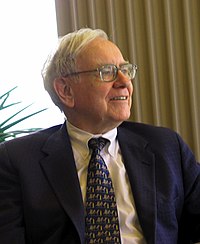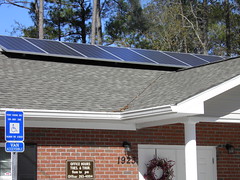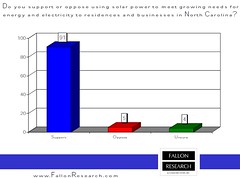Matthew McDermott wrote for Treehugger 6 January 2011, Over Half of Germany’s Renewable Energy Owned By Citizens & Farmers, Not Utility Companies
Germany’s promotion of renewable energy rightly gets singled out forNot only is that more distributed, but it also may be a faster way to get solar deployed:its effectiveness, most often by me as an example of how to do things well versus the fits and starts method of promotion common in the US. Over at Wind-Works, Paul Gipe points out another interesting facet of the German renewable energy saga: 51% of all renewable energy in Germany is owned by individual citizens or farms, totaling $100 billion worth of private investment in clean energy.
Breaking that down into solar power and wind power, 50% of Germany’s solar PV is owned by individuals and farms, while 54% of its wind power is held by the same groups.
In total there’s roughly 17 GW of solar PV installed in Germany—versus roughly 3.6 GW in the US (based on SEIA’s figures for new installations though the third quarter of 2011 plus the 2.6 GW installed going into the year).Nothing prevents Georgia Power or Colquitt Electric or any of the other power companies operating in Georgia from leading the solar pack. For example, power companies concerned that solar doesn’t produce at night could still deploy solar peak load generation, thus dispensing with natural gas peak load generation.Remember, Germany now produces slightly over 20% of all its electricity from renewable sources.
While the power companies are not leading, private organizations such as Tabby Solar, founded by a pair of doctors, are forging ahead anyway.
-jsq












